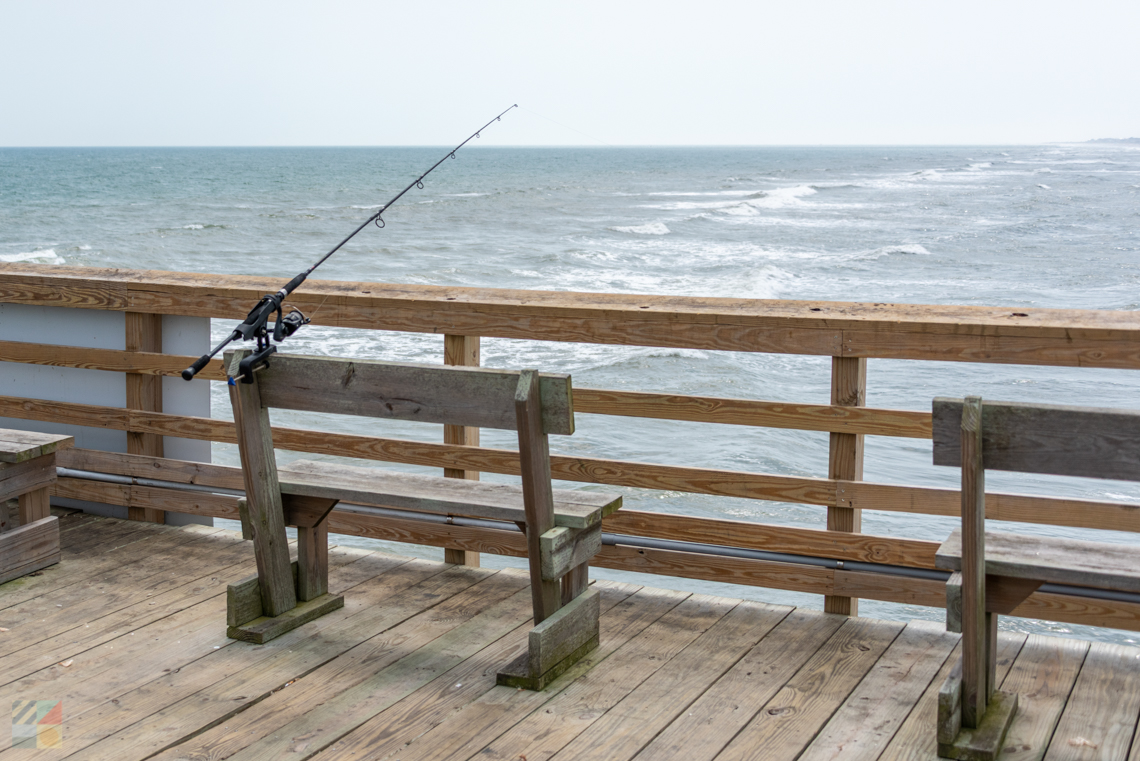Like many of North Carolina's coastal islands, Emerald Isle was first home to Indians; the Algonquin Indian tribe occupied the surrounding countryside from about 500 A.D. to colonial times. Later, the area was settled by whalers and fishermen.
Located on the western end of Bogue Banks, with Bogue Sound dividing it from the mainland, the Emerald Isle area overlooks a small inlet. The settlement of the mainland area inside Bogue Inlet by English colonists began around 1730, at the mouth of White Oak River.
This was, of course, famous pirate territory. Blackbeard sailed from Teach's Hole at Ocracoke Island, just to the north around Cape Lookout. In the early 1720's, Beaufort (on the mainland across from the eastern end of the island ) was an official seaport --complete with customs office. Twice during the summer of 1747, pirates sacked Beaufort.
During the Revolutionary War, a number of patriot privateers operated through the inlet. Following the war, Swansboro --on the mainland-- assumed such importance that in 1786 it was declared a separate customs district.
Captain Otway Burns, naval hero of the War of 1812, was born and grew up in Swansboro. In 1818, Burns brought national attention to the area by constructing the first steamship ever to float in North Carolina waters. Captain Burns continues to draw attention to this day, as he saw to it that an actual cannon from his privateer The Snap Dragon would adorn his grave in nearby Beaufort.
The Civil War ended the relative prosperity enjoyed by the mainland communities behind Bogue Inlet. Later, with the decline in the trade of naval stores, the major industry became fishing.
Emerald Isle, which takes its name from the large maritime forests on the island, was mostly uninhabited until the 1950's, when small family cottages began to appear.
Founded as the world's first hang gliding school in 1974, Kitty Hawk Kites has grown into a beloved retail and outdoor recreation venture with more than 28 locations up and down the east coast! With more than 50 years of teaching the world to fly...
Island Express Ferry Service LLC is the only authorized concessionaire to drop off at Cape Lookout Lighthouse and Shackleford Banks! Offering departures from both Beaufort and nearby Harkers Island, Island Express Ferry Service serves as the...
Visitors can enjoy the Crystal Coast’s most coveted and hard-to-reach shorelines, or just embark on a breezy cruise of the open waters in search of dolphins and sunsets, with a trip that’s guided by Lookout Cruises. This local tour...
Visitors of all ages will have a blast at this destination that is designed for great times along the Crystal Coast shoreline. Professor Hacker's Lost Treasure Golf and Raceway is situated in the centrally located beach community of Salter Path, and...




